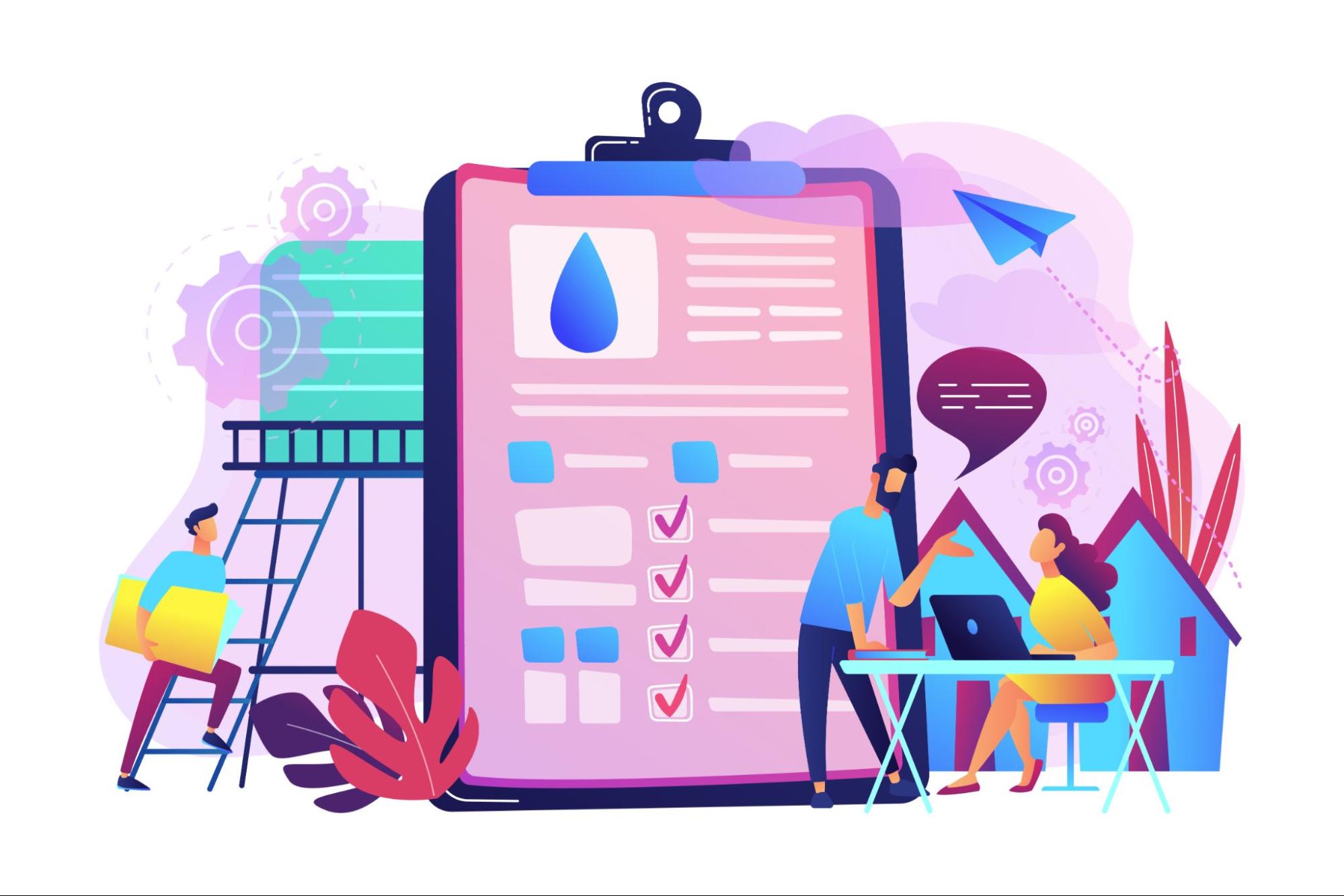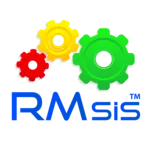The Five Stages of Requirements Management One Must Know
Requirements management follows a structured five-step development process involving evaluation by both the project manager and key stakeholders. Visit Optimizory
Start Free Trial
Requirements management follows a structured five-step development process involving evaluation by both the project manager and key stakeholders. Visit Optimizory
Start Free Trial
Managing requirements is an ongoing process that spans a product's entire lifecycle. However, using the best requirement management tools makes the process simpler. These requirements stem from various stakeholders, such as customers, sales, partners, support, management, engineering, operations, and product management.
But, basics first…
At its core, requirement management involves several crucial steps: gathering, understanding, refining, prioritizing, and planning all aspects necessary for the success of a product or project. The ultimate goal for project management tools jira is?
It ensures that the end product aligns with the needs of customers and stakeholders. Effective requirement management hinges on clear communication between the project team and stakeholders and continual adaptation to changes encountered throughout the project lifecycle.

Managing requirements and requirement traceability is significant for a successful project. Because these requirements set the stage for your entire project, getting them right is essential.

Effective communication is a cornerstone of successful requirements management. When a stakeholder modifies a requirement, project managers must assess the ripple effects on other stakeholders involved in the project and convey these adjustments promptly. Establishing a structured process for updating requirements is essential. This could involve maintaining a detailed log or documentation or utilizing the organization's project management software or web-based solution.
Additionally, there are specialized requirement software programs and web-based applications explicitly tailored for Atlassian requirements management. By prioritizing clear and transparent communication channels, project managers ensure that all stakeholders are informed of any changes promptly and accurately. This proactive approach not only fosters collaboration but also minimizes the risk of misunderstandings or conflicts arising from discrepancies in requirements.

Requirements management follows a structured five-step development process involving evaluation by both the project manager and key stakeholders. These requirement management tool steps, which guide the thorough assessment of requirements throughout the project lifecycle, are listed below.
The initial step, termed Investigation, primarily focuses on fact-finding and goal identification. During this phase, participants scrutinize the requirements necessary for achieving project objectives. They also assess available resources, identify potential obstacles, and propose viable solutions. It's important to note that this early stage of requirements management is characterized by a degree of tentativeness, as parties acknowledge the inevitability of requirement shifts as the project progresses. Therefore, the investigative phase serves merely as a starting point, providing a foundational framework for subsequent stages of requirements refinement and development.
Moving forward in requirements management, the next stage focuses on assessing the project's feasibility in terms of cost. This crucial step shapes the project trajectory as it progresses towards design and development. Project managers and stakeholders collaborate to determine the requirements to ensure the project's economic viability. They must address questions regarding the organization's technological capabilities and expertise to achieve project goals and identify whether additional resources are needed. This stage plays an important role in determining the project's viability and setting the foundation for successful implementation.
Following the investigation and feasibility stages, the project advances to the design phase, where tangible goals begin to take shape. During this phase, changes to requirements inevitably arise, requiring effective communication and subsequent addressing by responsible parties involved in the design process. A critical aspect of requirements management involves assessing whether these changes will impact the project's cost or scope. This phase plays a pivotal role in translating conceptual ideas into actionable plans, ensuring alignment with project objectives and stakeholders' expectations.
After design approval, a prototype or working model is constructed and tested. This crucial phase ensures project progress according to schedule and within budget constraints. During testing, project requirements are often refined and adjusted, necessitating accurate documentation to track changes effectively. This iterative process double-checks that the final product meets stakeholder expectations and quality standards.
Upon final approval, the product is released. Even in active use, ongoing requirements management remains critical for proposed upgrades, add-ons, improvements, marketing, and sales. These aspects are documented and addressed during the investigation phase of the next release. This continuous cycle ensures that the product evolves to meet changing needs and market demands, maintaining its relevance and competitiveness over time.
Your team's proficiency in navigating business requirements traceability is crucial for project success. Understanding and managing stakeholders' requirements is paramount for meeting their expectations with high-quality deliverables. Utilizing requirements management tools like RMsis by Optimizory can aid your team in accurately capturing, prioritizing, tracking, and reporting stakeholders' project needs.
RMsis offers a range of features, including collaboration, history tracking, prioritization, status reporting, report summaries, requirements traceability, and user-defined attributes. Each of these features is a valuable addition to your requirements management plan. For more information about RMsis, visit Optimizory's website.

Most mature requirements management application for Jira.